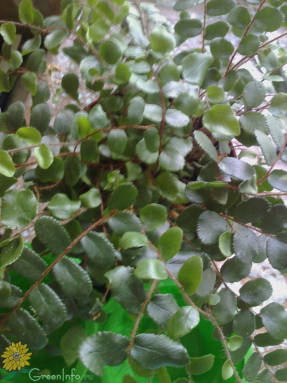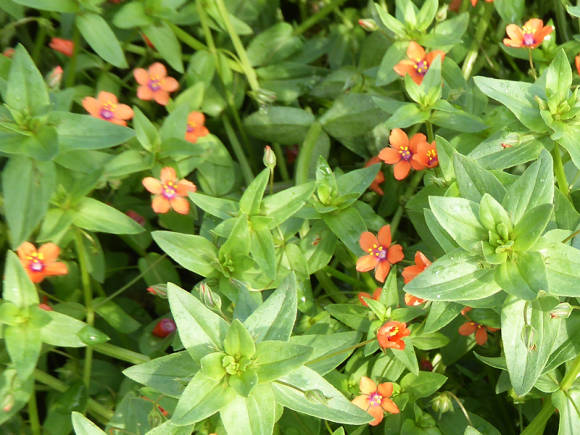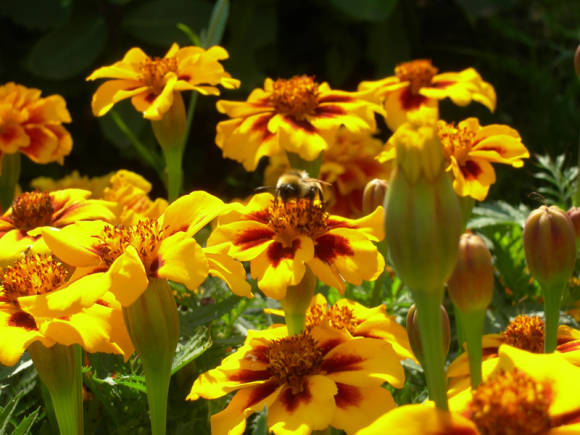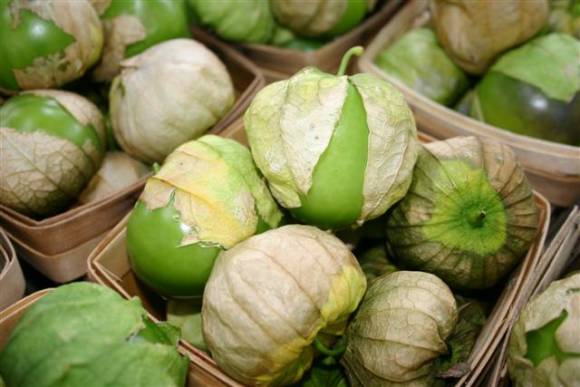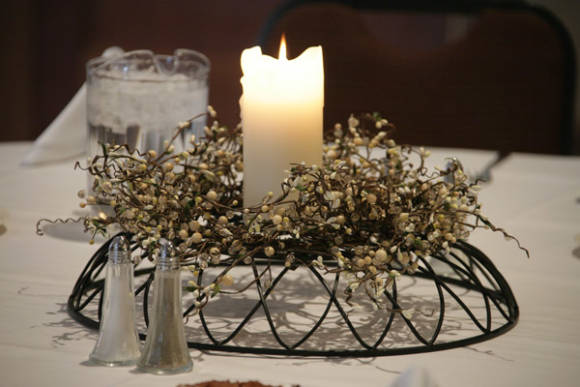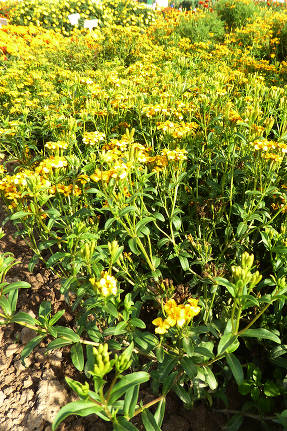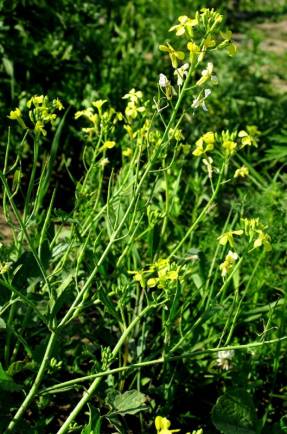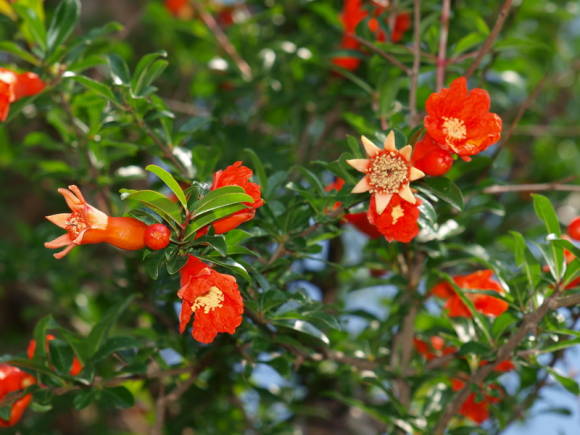Amsonia is a rare ornamental plant in our gardens. At first glance, it can be mistaken for phlox: the same dense bushes of numerous straight stems, narrow leaves, inflorescences-shields of flowers with five outstretched petals.
But on closer acquaintance, the differences are clearly visible: the leaves are alternate, the flowers are always blue, but of different shades. And when damaged, milky juice is emitted, which is typical for the entire kutrov family. It is also given out by long, up to 10 cm, fruits stuffed with cylindrical seeds, by the way, very decorative.
Amsonia is a herbaceous, perennial plant, a representative of the kutrovy family. She comes from the forest glades of North America, a relative of the periwinkle - a plant "eternal" and not capricious.
Amsonia surprises everyone twice a season: at the beginning of summer, when she brings to the compositions the pure blue color inherent in few flowers, and in the fall, when the bush looks like a burning yellow fire. True, the promised autumn color can not always be observed, it depends on the growing conditions. In particular, hot weather during the summer favors its manifestation. The rest of the time, amsonia serves as a good background for other plants.
The most unpretentious of this kind is amsonia willow, subspecies of amsonia tabernemontana (Amsonia tabernaemontana var.salicifolia) - a herbaceous plant, the height of which in adulthood reaches 80–100 cm. It blooms in May – June, forming flowers in the form of small stars.
 |
A distinctive feature of the plant is also a rather powerful root, woody with age. In addition, Amsonia willow leaf has arched stems, and a purple color is inherent in young spring shoots. The stems are covered with alternate shiny and rather narrow leaves. Their shape is very similar to the shape of willow leaves, due to which this subspecies, in fact, got its name.
The color of the leaves is grayish-green. But after the first frosts descend to the ground in the fall, the leaf changes color to yellow-orange - at this time the plant is very decorative.
The flowers are bluish in color and have five petals and are star-shaped. The shape of the inflorescences is racemose, and the inflorescences themselves crown the tops of the shoots. At the same time, the blue color is found in many shades, which directly depend on the shape of the flower and its variety. By the way, the Americans - and the United States is the homeland of this amsonia - call this flower Blue Star, literally - the Blue Star.
Growing and care
For the successful cultivation of amsonia, it is necessary to find a sunny place for it to grow, although even a little shading will not prevent the plant from fully developing and decorating your garden. But keep in mind that if the plant grows in full sunlight, the bush will be more neat and compact.
If you plant amsonia in partial shade, the bush will differ in spreading, and in any case you will have to tie it up to give it a decent look. The plant attracts many butterflies.
Amsonia has been growing quite calmly in the same place for many years. It is unpretentious to soils. Moreover, the presence of loam, clay, sand brings it closer to the natural growing conditions. For the winter, a preventive shelter is needed in case of a winter with little snow.
The soil should be moistened in moderation, but drainage should be excellent. Soils with at least a small admixture of lime are preferred. Watering should not be too vigorous, but the soil should be moistened continuously.
Reproduction
Reproduction of amsonia occurs with the help of seeds and by dividing the bush. If you decide to propagate the plant with seeds, it is best to sow only before winter, so that the seeds have time to go through the cold stratification process for 4-6 weeks, and they should be soaked a day before sowing. When sowing, lightly sprinkle the seeds with earth in a layer of 1–1.5 cm.
If you prefer the method associated with dividing the bush, it is better to do it exclusively in the fall.
At the end of flowering, it is imperative to remove the peduncles in order to prevent unwanted self-seeding of the plant.In addition, due to such events, your bushes will look more neat and well-groomed.
Amsonia in the garden
 |
The rest of the Amsonia (see Amsonia) are rare and new guests in our gardens, but judging by the foreign recommendations, the Amsonia Habrichta is no less winter-hardy and undemanding. The latter needs to be mulched for the winter, which will not interfere with other species.
Amsonia willow bush keeps itself, without requiring a garter. To create a bright spot, it is better to plant several pieces at once - a curtain. By the way, aggressive growth and reproduction is absolutely not inherent in it, so its growth is a very slow process. And it is thanks to this that amsonia is quite successfully used by gardeners and florists in a wide variety of flower and plant compositions.
Amsonia looks best not as a single landing, but as a group. It can be used both in flower beds and in border plantings. Good partners for her will be basil, sap, soft cuff, primroses. And one more great advantage of Amsonia - it stands in the cut for a very long time.
"Ural gardener", No. 52, 2014
